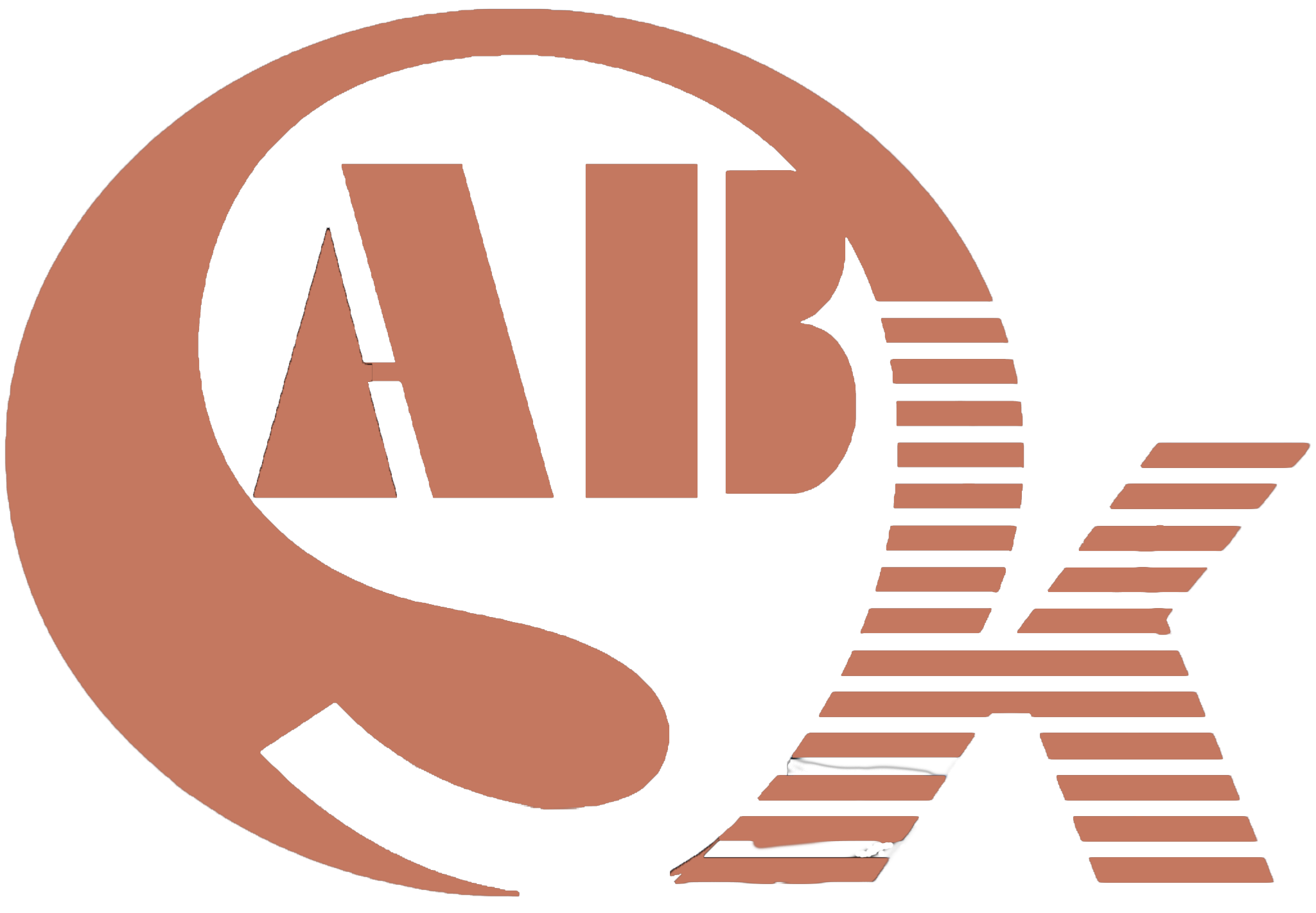Revolutionizing Wind Tower Welding: Unraveling the Technological Marvels of Advanced Welding Positioners
In the ever-evolving landscape of wind tower manufacturing, advanced welding positioners stand at the forefront of technological innovation. This article explores the application fields, product functions, and performance intricacies of these cutting-edge welding positioners, showcasing their pivotal role in revolutionizing wind tower welding.
Pioneering Precision in Wind Tower Welding: The Impact of Advanced Welding Positioners
1. The Evolution of Wind Tower Welding:
- As wind towers reach new heights and complexities, the demand for precision in welding processes has never been higher. Advanced welding positioners emerge as technological pioneers, reshaping the landscape of wind tower manufacturing.
2. Core Components of Advanced Welding Positioners:
- Advanced welding positioners integrate sophisticated features, including precision control systems, automated adjustments, and real-time monitoring. These components elevate the precision and efficiency of wind tower welding to unprecedented levels.
Applications in Wind Tower Manufacturing: Transforming Challenges into Opportunities
1. Adaptable Sectional Welding:
- Advanced welding positioners excel in sectional welding of wind tower components. Their adaptability allows for seamless rotation and positioning, ensuring uniform welds and contributing to the structural integrity of the entire tower.
2. Unmatched Consistency Across Heights:
- Wind towers, with their varying heights, demand consistent weld quality. Advanced positioners enable welders to achieve unmatched consistency across all sections, meeting the stringent quality standards necessary for the longevity of wind towers.
Technological Marvels: Core Functions and Performance Aspects
1. Precision Angular Control:
- The primary function of advanced welding positioners lies in providing precision angular control during the welding process. This feature ensures that welds are executed at optimal angles, enhancing the overall strength and stability of wind tower welds.
2. Customizable Rotation Speeds:
- Advanced positioners offer customizable rotation speeds, allowing welders to adapt the equipment to the specific needs of wind tower welding. This flexibility ensures that rotation aligns with the unique requirements of each tower section.
3. Automation for Unparalleled Efficiency:
- The integration of automation in advanced welding positioners elevates efficiency to new heights. Automated rotation and positioning features reduce the need for constant manual adjustments, allowing welders to focus on the welding process itself.
4. Real-time Monitoring for Quality Excellence:
- Cutting-edge welding positioners come equipped with real-time monitoring features. This ensures that welders can monitor rotation speeds, weight distribution, and other performance metrics, contributing to overall quality excellence in wind tower welding.
5. Adaptability to Varying Tower Dimensions:
- The adaptability of advanced positioners extends to accommodating varying diameters and heights of wind tower sections. This versatility ensures that the same precision can be maintained across diverse tower dimensions, contributing to the scalability of wind tower manufacturing.
Elevating Efficiency: The Impact on Wind Tower Welding Processes
1. Streamlining Workflow Dynamics:
- Advanced welding positioners contribute significantly to the streamlining of wind tower welding processes. The seamless rotation and support of tower sections minimize downtime and reduce the overall time required for assembly.
2. Reducing Welding Time:
- By automating rotation and ensuring precision, these positioners significantly reduce the time spent on manual adjustments. This time-saving feature contributes to efficient wind tower assembly and faster project completion.
Choosing Excellence: Selecting the Right Advanced Welding Positioner
1. Evaluating Tower Specifications:
- When selecting advanced welding positioners for wind tower assembly, assess tower specifications. Considerations such as diameter, height, and weight are crucial factors in choosing the right positioner for the job.
2. Cutting-edge Customization Features:
- Opt for advanced positioners with cutting-edge customization features. The ability to adjust rotation speeds, accommodate varying tower dimensions, and integrate seamlessly with other welding equipment ensures a tailored solution for wind tower welding requirements.
3. Real-world Performance Reviews:
- Prioritize advanced welding positioners with positive real-world reviews and a reputable manufacturer. Insights from other users and the reputation of the manufacturer can provide valuable information about the performance and reliability of the equipment.
4. Long-term Investment Vision:
- View the investment in advanced welding positioners as a strategic long-term decision. Consider not only the initial cost but also factors such as maintenance requirements, durability, and the potential for future upgrades to ensure the longevity and cost-effectiveness of the equipment.
Conclusion: Redefining Precision – The Era of Advanced Welding Positioners in Wind Tower Manufacturing
In conclusion, advanced welding positioners stand as the vanguard of technological progress in wind tower manufacturing, where precision, consistency, and efficiency are paramount. Their role in ensuring consistent weld quality, adaptable rotation to varying tower dimensions, and the overall streamlining of assembly processes makes them indispensable in the wind tower manufacturing landscape. By understanding their core functions, performance aspects, and the strategic considerations in choosing the right advanced positioner, manufacturers can unlock the full potential of precision welding, contributing to the sustainable future of renewable energy.
